Ali Mardan Khan was the Safavid governor of Qandahar. He had been in obligation with his revenues. Shah Tahmasp requested him to appear at the court. He desired the assistance from the governor of Kabul. The commander of Ghazni surrendered Qandahar to the Mughals in 1638. He took refuge in Delhi. Mughal court honored him. Shah Jahan gifted one lakh of tankas for himself. He gave two lakhs for his brother and the officers of his army. He was the governor of Kashmir, Kabul and Lahore.
He received the title of Amir al-Umara in 1639. He became a Haft Hazari who was leading to commanding an army of 7,000 troops.


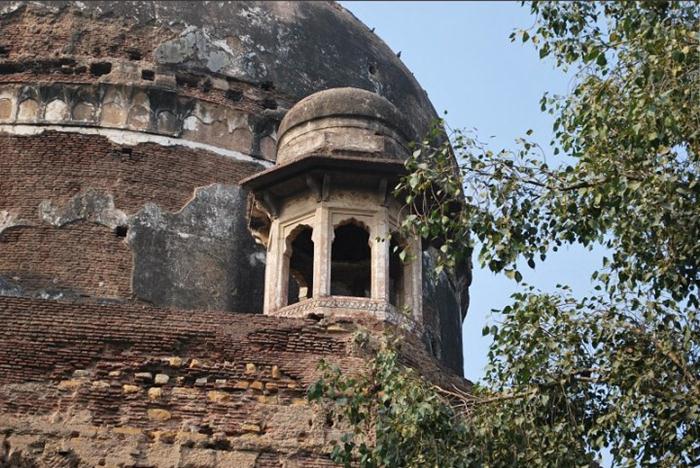
He was appointed as the viceroy of Punjab which at that time developed from Kabul to Delhi. Ali Mardan Khan provided guidance on canal instruction as a Mughal officer. He served his guidance in regard to the Shah Nahar canal of Shalimar Gardens. He died in 1657. He was buried adjacent to his mother in the tomb prepared for her next to the canal at Mughalpura.
The authorities have built a kilometer long passageway from the street to the tom. The visitors has to pass from trespassing on the rail yard grounds as it sits within the confines of a modern-day rail yard
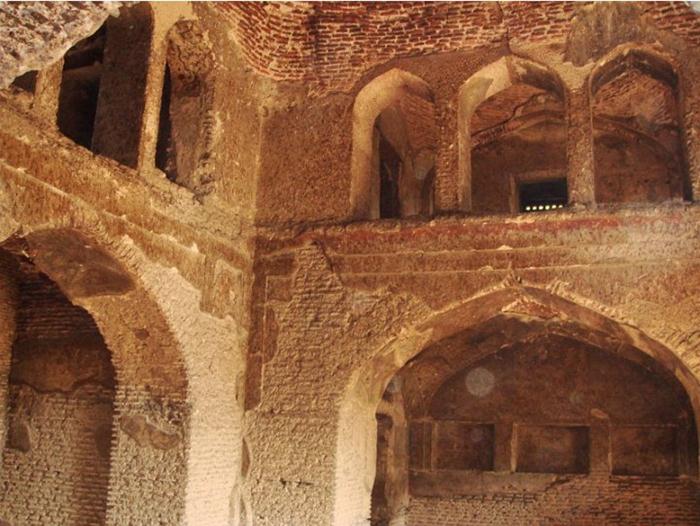

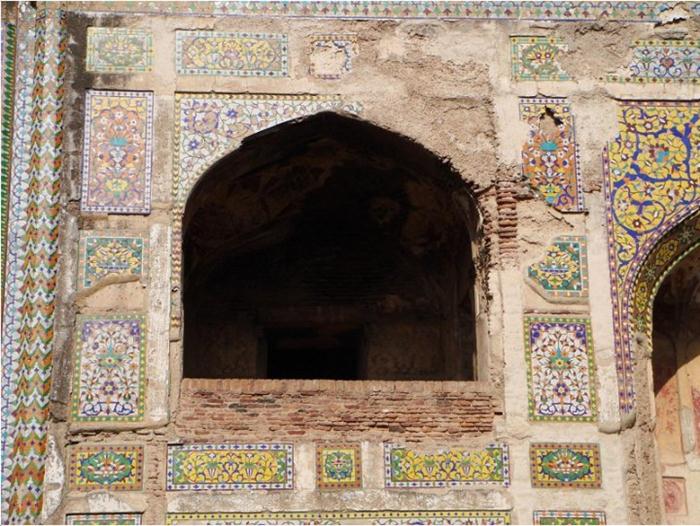
The Ali Mardan Khan Tomb itself is a massive brick construction work. It is octagonal in plan with a high dome and kiosks on angular points. It is standing on an eight-sided podium. Each side of Ali Mardan Khan Tomb is measuring 58 ft. It was originally a magnificent structure with the dome finished with white marble inlaid with floral design in black marble. Lofty Timurid aiwans breaked the sides surmounted by a massive 42′ diameter dome raised on a drum.
Shorn of surface decoration except the remains of frescoes in some of the alcoves. The exterior walls have carried scintillating tile mosaic as can be seen in the extant gateway at some distance to the north of the sepulcher. The chambers had peitra dura work in the massive marble columns. It has fresco paintings on walls and ceilings.
The graves were on a three-foot high red sand stone platform beneath a larger. This was profusely decorated with inlaid precious, semi-precious stones and fresco floral patterns.
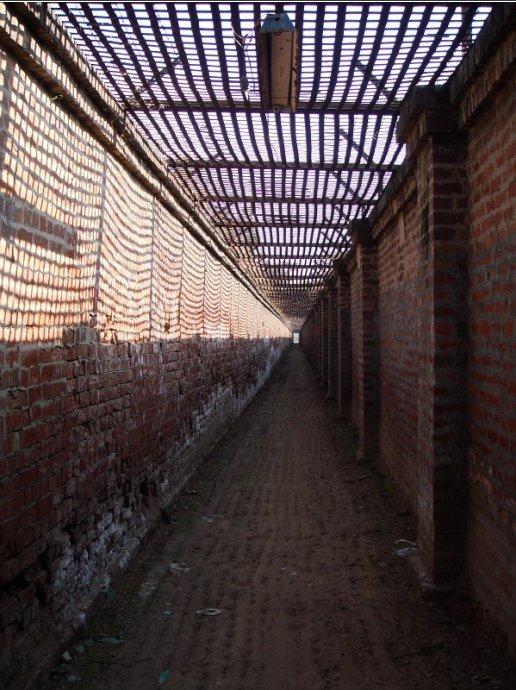
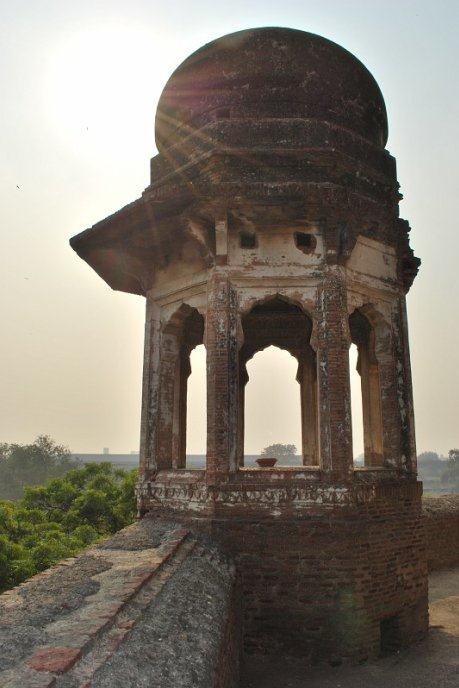
The Ali Mardan Khan Tomb stood at the center of a paradisaical garden. A favorite theme as evidenced in the sepulcher of Jahangir. The double-storey gateway can be gauged the extent of Ali Mardan garden in the north. Similar gateways would have marked the centers of the south, west and east edges of the garden square.
Ali Mardan Khan was a Mughal noble, not a saint. The spiritually inclined locals call the tomb Mardan Khan’s shrine. There is a grave in the subterranean chamber which is decorated in the manner of a saint’s shrine.
Gulab Singh used it as military magazine and Gurdit Singh used the gateway as the residence.
Content Source
- https://en.wikipedia.org/wiki/Ali_Mardan_Khan
- http://www.orientalarchitecture.com/pakistan/lahore/ali-mardan-khan_tomb.php
- http://lahore.city-history.com/places/Tomb-of-Ali-Mardan-Khan/
You can discover more historical and interesting places of Lahore city on Locally Lahore. Locally Lahore is a must have App. It will help you to explore Lahore. Iit covers up all point of interest. It gives you information about latest events and happenings in Lahore.
Find out more information of Locally Lahore App on www.locallylahore.com
|
|
|

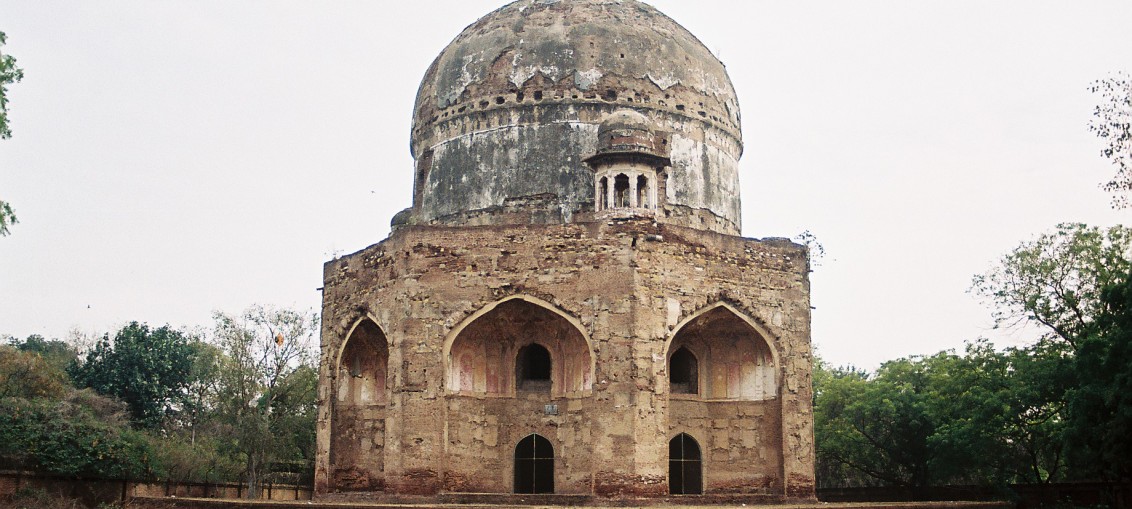

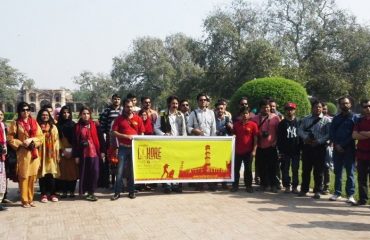

You must be logged in to post a comment.